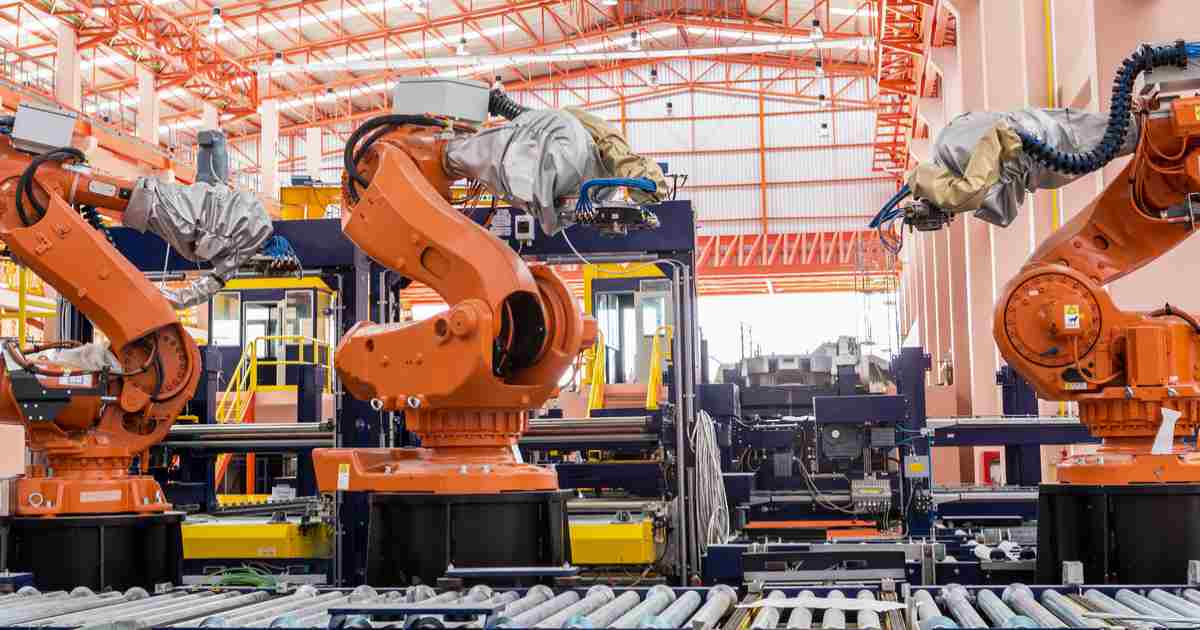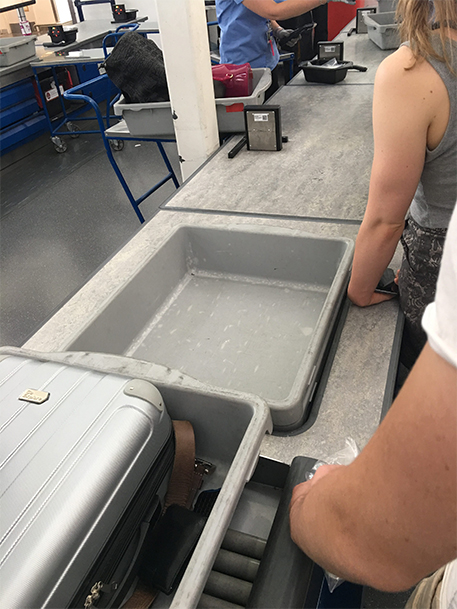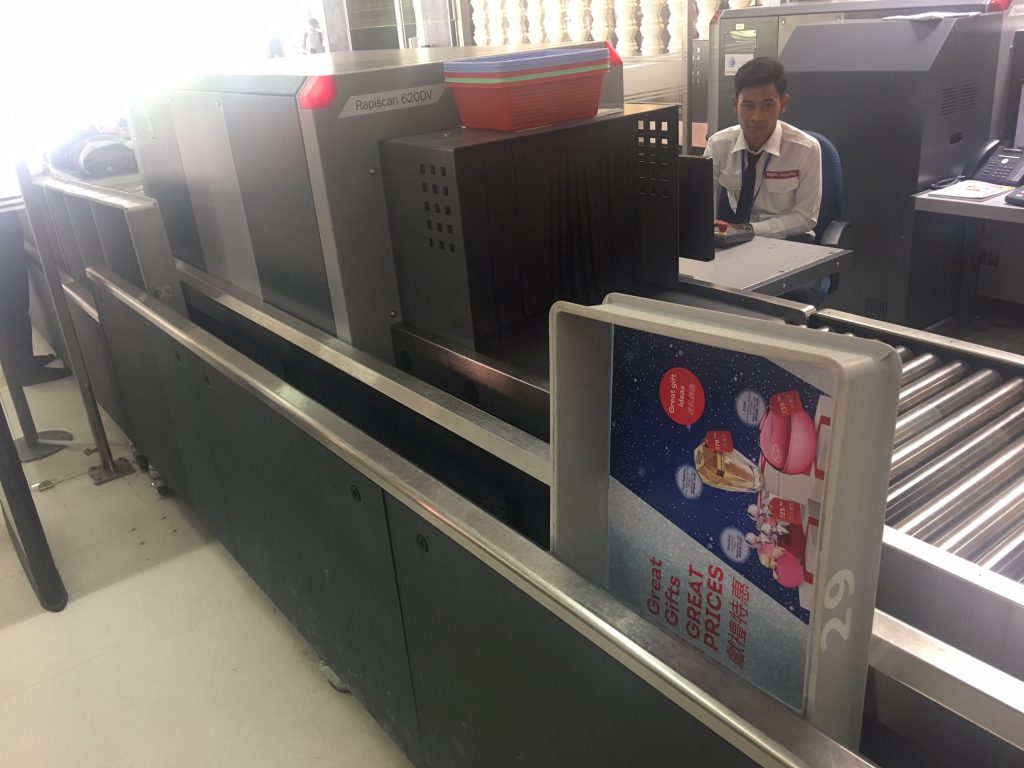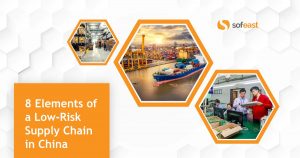Chinese manufacturers are often proud of their expensive and high-tech equipment, which is not always good news for buyers.
But first, let’s see why it can be a good thing.
Advantages of higher-tech equipment
Automation reduces the need for manual labor. It means fewer operators. And, in some cases, the cost reduction over the next 10 years is such that investing in the right equipment is a no-brainer.
Automation is also particularly welcome for ‘difficult, dull, and dangerous’ types of work (the 3 D’s). That’s the general philosophy in excellent companies like Toyota.
Aside from these points, as a buyer, you can expect a highly-automated supplier to be:
- More stable (heavy asset investment means higher capitalization, which means they are less likely to close shop suddenly).
- Faster if you buy one of the few SKUs they make in high volume.
- More consistent, provided they are strong on preventive maintenance and process controls.
- Less exposed to raises in labor cost.
Automation for the sake of automation
What I have seen many times is factory managers looking at equipment catalogues and looking for “cool toys” that can be showcased to their friends and their customers.
However, in some cases, it raises their costs and risks substantially. It is not always a good idea.
I often mention the example of returnable containers (for hand luggage and other personal items) at airport security stations. It helps me make this point neatly.
In some airports, the containers are “swallowed” at the end of the line and reappear at the start. Here are a couple of photos of this:
Here is where they appear (the lady is waiting for one):
And here is where they disappear:
That’s impressive if you see this for the first time. And it eliminates the need to stack them up and push them back to the front of the line.
However, I found a much smarter approach in Cambodia. The containers are placed on the side and roll back to the start of the line:
The cost is much lower. The process is much less likely to break down. No need for an expensive repairman, for spare parts, for regular downtime, etc.
We see similar approaches in the best factories. A mechanical assist, to help an assembly worker manipulate and position a part, is often sufficient… but many engineers want to call ABB or Epson and get a robot instead!
Important preconditions for successful automation
Going too early into high-tech automation can be a severe hit on a factory’s performance.
I wrote about the logical progression from fully-manual work to fully-automated processing on the CMC blog before. But the first steps a factory should take are:
- Install low-tech automation, set up a preventive maintenance plan to keep it up, and train some maintenance technicians.
- Get the production staff used to some simple 5S practices. Your equipment will need to be kept clean and be inspected very regularly.
- Get the finance department in the conversation, to avoid the “shiny toy” syndrome.
- Don’t forget your customers. If they want low-volume, high-mix production, make sure you don’t force yourself into a corner and lose the ability to serve these customers’ needs.
What do you think? Have you run into issues because a factory implemented automation? Anything good came out of it?
8 Elements of a Low-Risk Supply Chain in China
This FREE webinar will empower you to transform your supply chain in China to reduce risks. Two industry experts, Renaud Anjoran and Paul Adams from Sofeast, talk you through how to gain control over your product’s quality, on-time shipments, long-term pricing stability, and continuity of supply.
Ready to watch? Register by hitting the button below:





